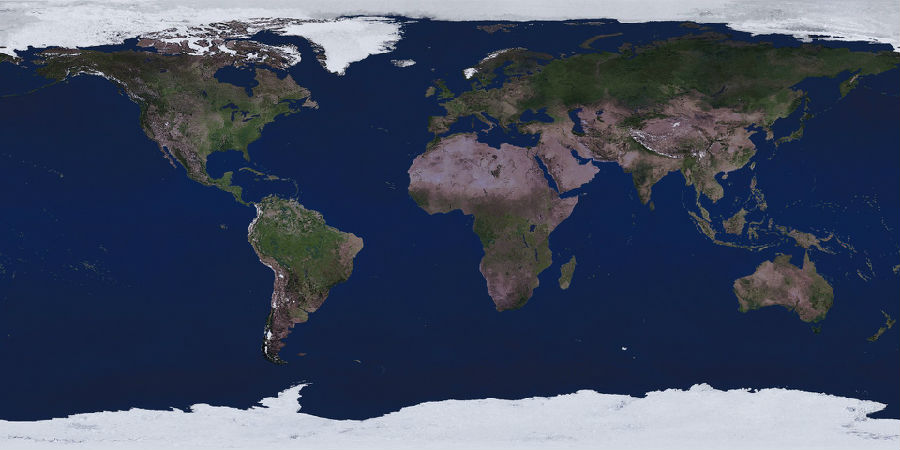No one can say what causes the oceans' chemistry to change so dramatically from time to time, but the opening and shutting of ocean ridges would be an obvious possible culprit.
誰也說不清什么原因導致了海洋化學成分不時發生戲劇性的變化。但是,海脊的張開和合攏顯然可能是個原因。
At all events, plate tectonics not only explained the surface dynamics of the Earth—how an ancient Hipparion got from France to Florida, for example—but also many of its internal actions. Earthquakes, the formation of island chains, the carbon cycle, the locations of mountains, the coming of ice ages, the origins of life itself—there was hardly a matter that wasn't directly influenced by this remarkable new theory. Geologists, as McPhee has noted, found themselves in the giddying position that "the whole earth suddenly made sense."
無論如何,板塊構造學不僅解釋了地球的表面動力學──比如,古代三趾馬是怎么從法國跑到了佛羅里達,而且還解釋了它的許多內部活動。地震、群島的形成、碳循環、山脈的位置、冰期的到來、生命本身的起源──幾乎沒有一樣不是受這種了不起的新理論的直接影響的。麥克菲指出,地質學家們覺得眼花繚亂,“整個地球突然之間都說得通了”。

But only up to a point. The distribution of continents in former times is much less neatly resolved than most people outside geophysics think. Although textbooks give confident-looking representations of ancient landmasses with names like Laurasia, Gondwana, Rodinia, and Pangaea, these are sometimes based on conclusions that don't altogether hold up. As George Gaylord Simpson observes in Fossils and the History of Life, species of plants and animals from the ancient world have a habit of appearing inconveniently where they shouldn't and failing to be where they ought.
但是,只是在某種程度上。以往年代的大陸分布并不像大多數非地球物理學界人士認為的那樣已經得到很好解決。雖然教科書上好像很有把握地列出了古代的陸塊,什么勞拉古陸呀,岡瓦納大陸呀,羅迪尼亞大陸呀,泛大陸呀,但它們有時候是以不完全能成立的結論為基礎的。喬治·蓋洛德·辛普森在《化石與生命史》中指出,古代世界的許多種動植物出現在不該出現的地方,而卻沒有出現在該出現的地方。












